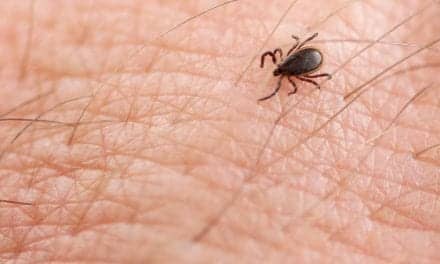May 3, 2007
LOS ANGELES —An estimated 30 million Americans suffer from hearing loss, and nearly 10 million of them can attribute their hearing loss to noise. Children and teens represent roughly half of those suffering from noise-induced hearing loss (NIHL), with 5.2 million 6-19 year olds showing a hearing loss directly related to noise exposure.
Recent surveys of teen listening behaviors indicate that some of this noise exposure may be from high-volume music played for extended periods. On April 25, International Noise Awareness Day gave House Ear Institute and other hearing health organizations the spotlight to encourage people to turn down the volume to protect their hearing from permanent damage. The House Ear Institute took the opportunity to tap global teen audiences on YouTube.com and MySpace.com to highlight educational information from its highly-successful teen outreach campaign titled “It’s How You Listen That Counts®”.
The campaign’s message was delivered by “Ear Bud,” an ear-shaped cartoon character designed to appeal to teens as an off-beat, music-loving buddy. His profile page on MySpace.com boasts a growing network of music celebrity friends that includes The Rolling Stones, Beyoncé, and John Mayer among other chart toppers, and reaches more teens with the message that it’s cool to have smart listening habits and protect hearing. The information on both MySpace.com and YouTube.com is linked to the campaign’s Web site
for teens to learn more. The earbud.org site features a teen-friendly presentation of how and why sounds at or above 85 dB can cause permanent hearing loss with prolonged exposure.
During the campaign’s 10-month test market, which ran in Phoenix, the site attracted more than 630,000 visitors. Comprehensive research on results of the campaign’s 10-month test market run showed a 30% increase in awareness among teens about the issue of noise-induced hearing loss and its prevention. The overwhelming success of the campaign’s test market indicates it is possible, using the right message strategy, to fill the educational void that exists for teens about the issue of noise and hearing loss in an effective way.
“Our campaign’s take-away message is that you can keep enjoying the music you love; it’s just how you listen to it that determines whether it may contribute to permanent hearing loss and impact your ability to communicate and socialize,” says Marilee Potthoff, campaign director for House Ear Institute.
SOURCE: House Ear Institute




